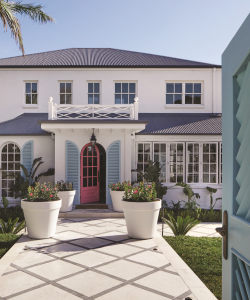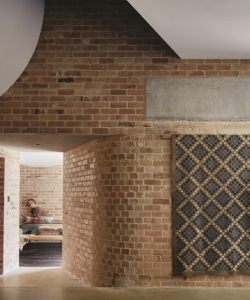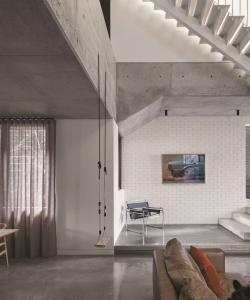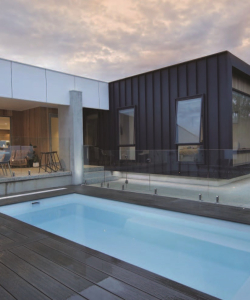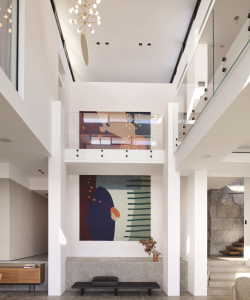In a world where many people seem to be of the mindset that more is more, it is incredibly refreshing to see one Perth architect pay homage to something that’s often taken for granted – nothing.
Fremantle architect Nic Brunsdon is quickly making his mark in a world which at times can be viewed as more than a little pretentious and he’s doing it by getting back to basics.
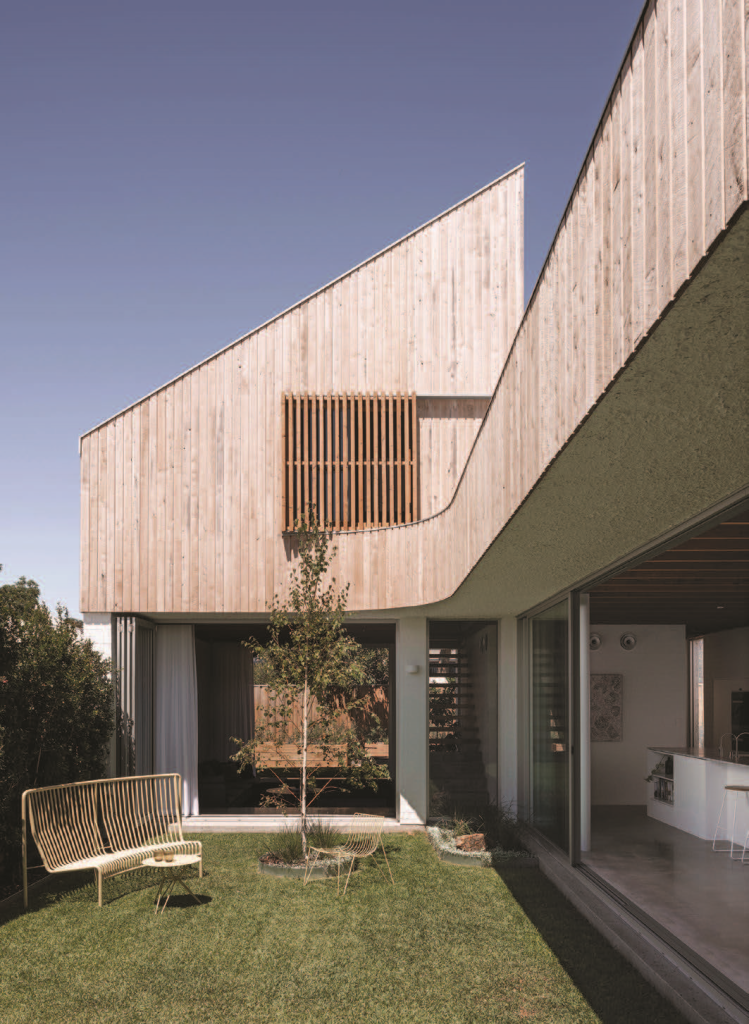
Picture: Dion Robeson
This South Fremantle abode has won acclaim for its nod to nothing. Well, not nothing, but more precisely, space and intangible design elements created with sustainability front and centre of mind.
Called in to design an extension for a Federation home on a narrow block with many beautiful period features, Nic focused his attention on what he didn’t plan to build and the result is perfectly humble and incredibly inspired.
It’s an approach so obvious that it prompts visitors to question why this is not the most normal way to design a home, particularly one that enjoys a climate as enviable as Western Australia’s.

Picture: Dion Robeson
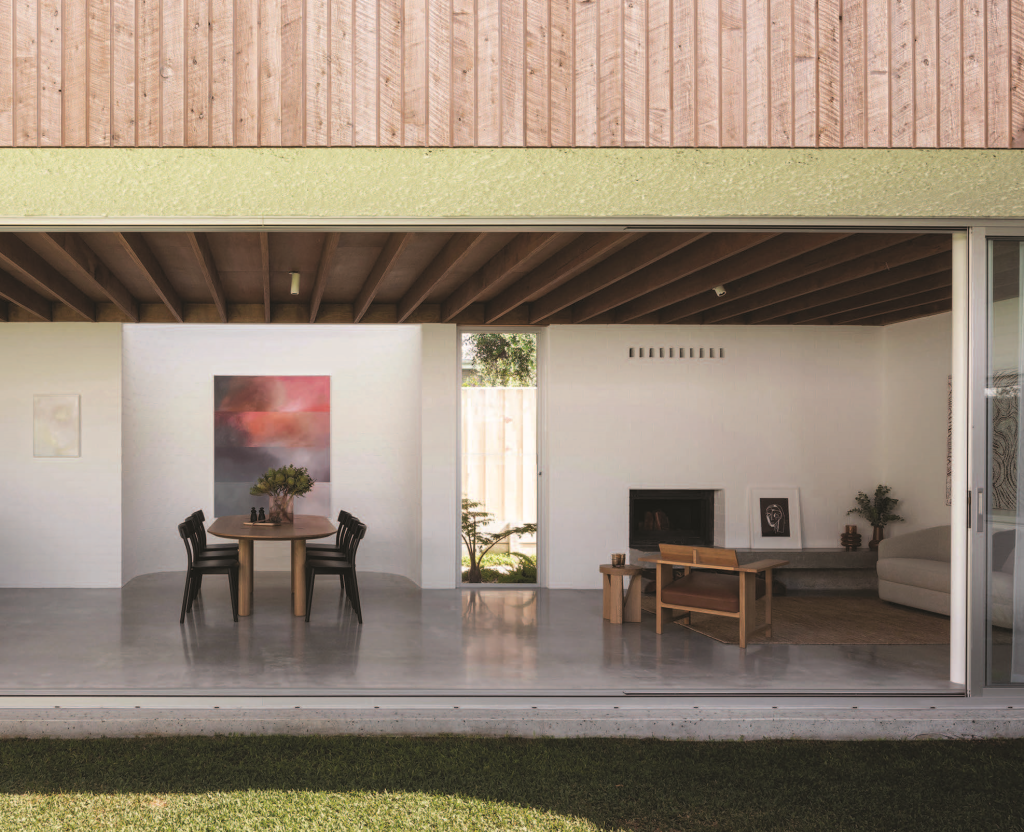
Picture: Dion Robeson
Nic’s design is built around the outdoor area, with every single newly created room having a profound connection with the space where nothing is built.
Not only does it invite more outdoor living, it also allows for refreshing ventilation and natural daylight to flood the spaces.
It makes optimum use of every single centimetre of space on the block because even when you’re sitting inside, you can’t possibly ignore what’s on the outside.
And somehow it feels so quintessentially Australian.
It’s a space where backyard cricket matches will be staged on Christmas Day and the ensuing laughter will be fondly remembered in June when the owners sit snuggled on the couch gazing out at the damp winter grass.
It’s a space where parties can be hosted and the morning joy of discovering a new shoot on a newly planted shrub can be enjoyed over and over.
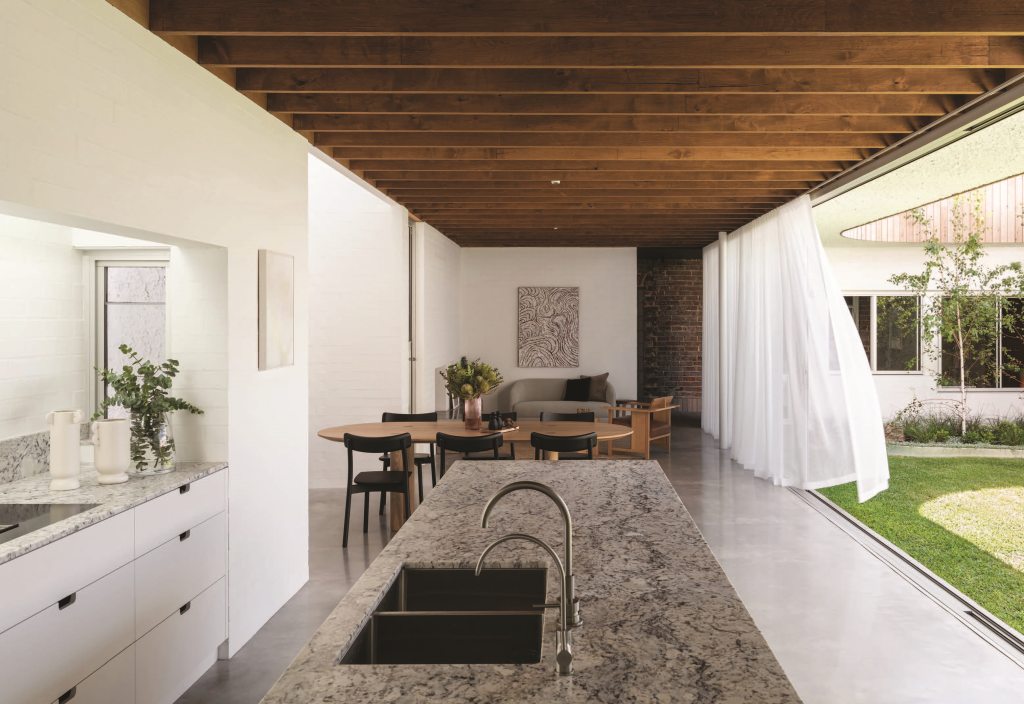
Picture: Dion Robeson
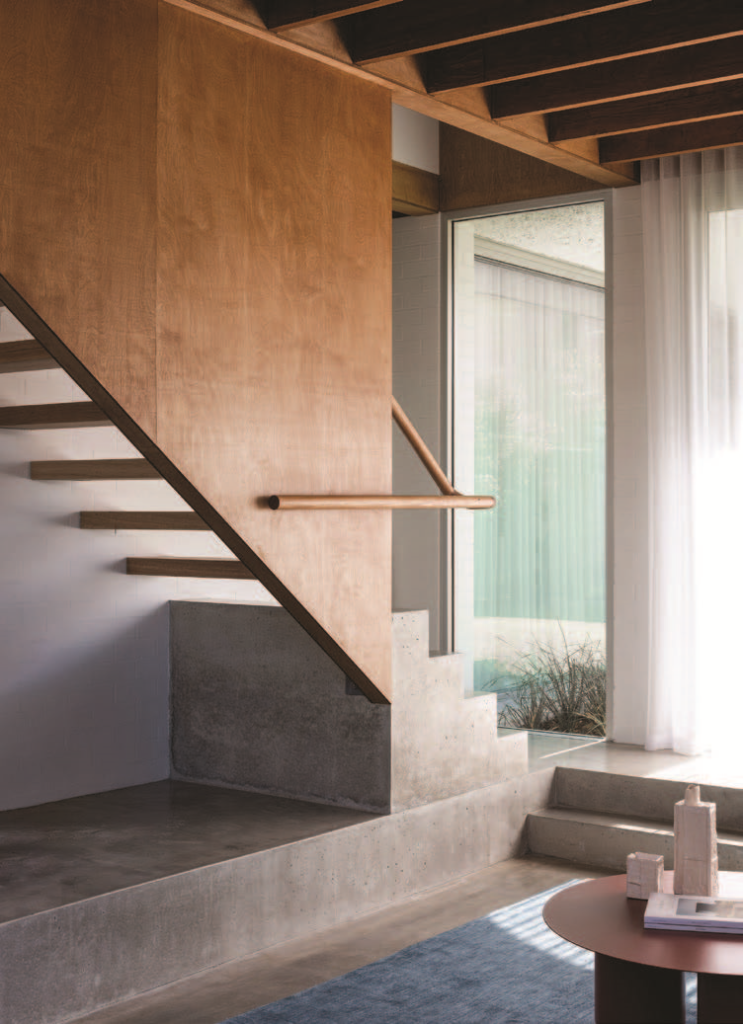
Picture: Dion Robeson
The front and original part of the home is moodier than the newer part and houses three bedrooms.
The new part of the home has a deliberately simple footprint and features a concrete floor and exposed painted brickwork, both used as a deliberate reference and connection to the original part of the home.
The northern face of these spaces is lined with sliding doors, allowing the whole space to open up and allow the life of the house to spill out and occupy the full width of the site.
Part of the new living area is sunken, a design decision that allows this section of the public living areas to feel a little more private and grounded.
Above the new living area is an exposed timber structure, built to contain the main suite and provide the owners with their own private sanctuary, away from the bedrooms at the front of the house where the children sleep.
“We’ve been thinking a lot about designing in context and what a well-designed house does, and how it should feel,” Nic says.
Nic says sometimes the elements that make a beautiful home are not obviously tangible. Getting the foundation of design and subsequent program planning right is the most important thing, more so than ever in our current context of shifting work patterns towards the home.
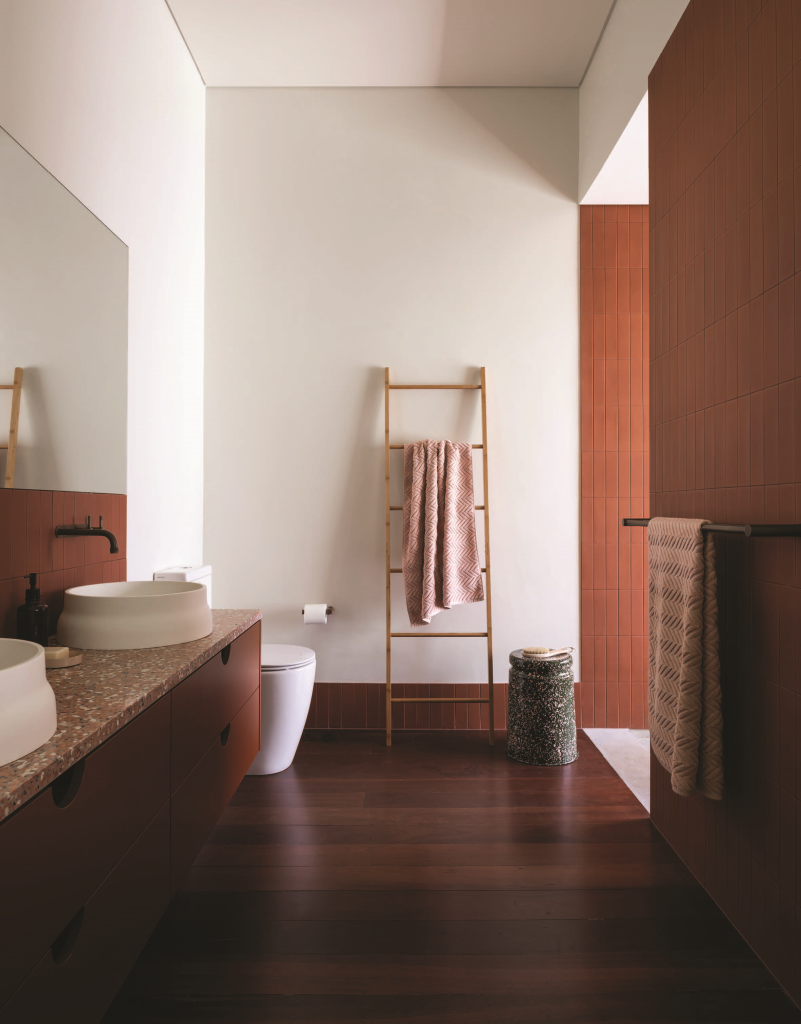
Picture: Dion Robeson
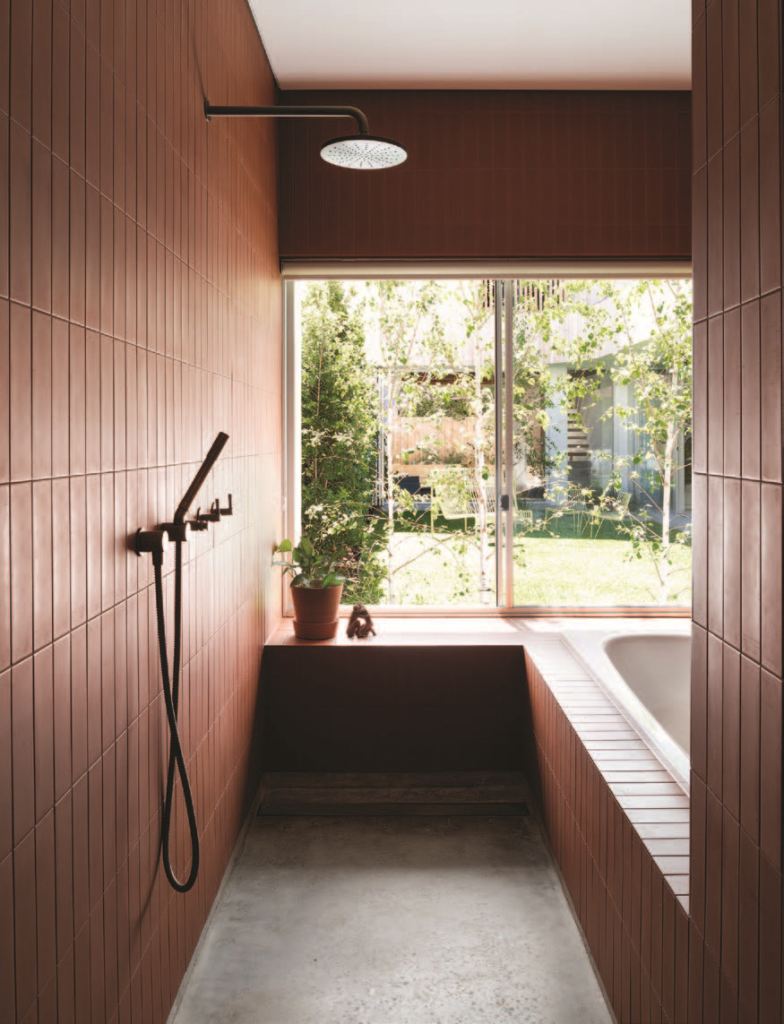
Picture: Dion Robeson
“There is a reason that the spaces in this house just ‘feel right’. Getting the first design moves of massing, solar orientation and cross-ventilation correct can be worth more than anything you can do to the building through mechanical or technological means,” he says.
“In this house, the northern garden unlocks everything. It creates space for sun, light, sky, breeze, and generosity of aspect and prospect.
“It is a lesson in showing that sometimes the most important spaces are the ones in which we do nothing.”
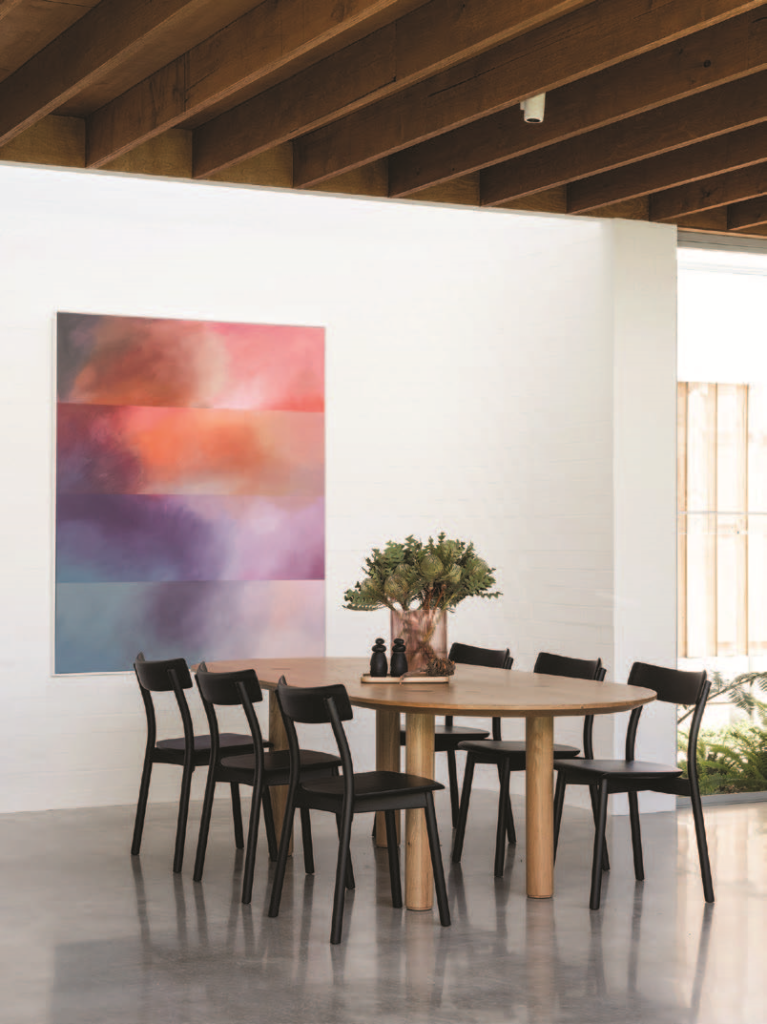
Picture: Dion Robeson
Nic believes that sustainability needs to be the foundation for good design, and that everything must start there.
“Sustainability is a big thing but as a practice we don’t lead with it and it’s not an add-on,” he says.
“It’s a core value. It is logical and essential rather than virtuous. It’s about getting the big things right.”
